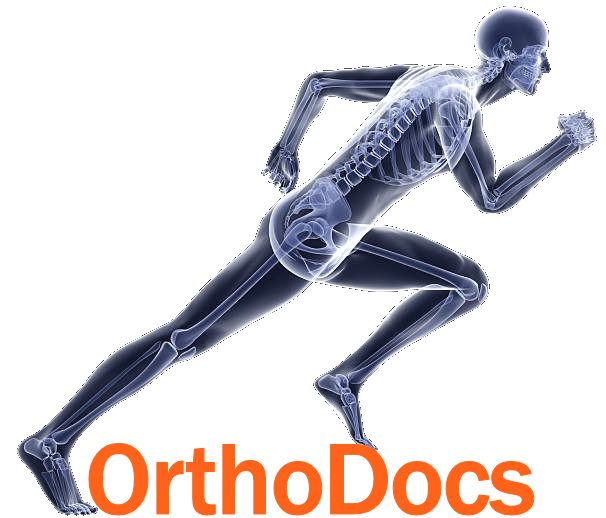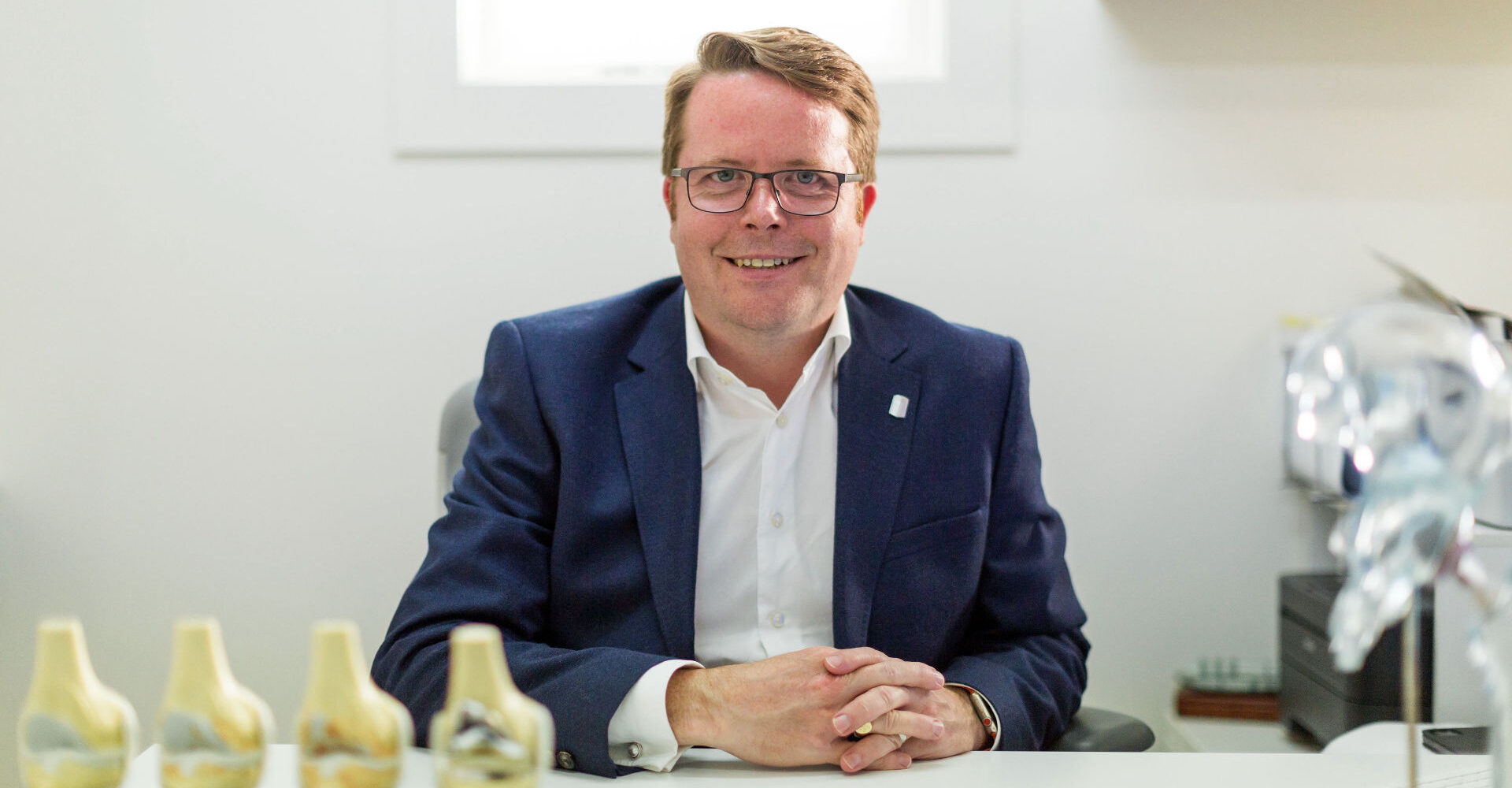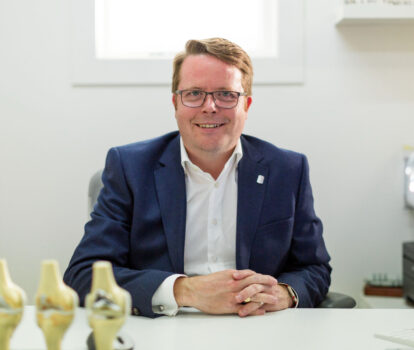Andrew Thompson Orthopaedic Surgeon
Andy is currently appointed as a Consultant Orthopaedic Surgeon at Whanganui Hospital and holds private clinics at 37 Dublin Street, Whanganui.
Andy was born in Newcastle upon Tyne, UK and went to medical school at both St Andrews University, Scotland and Manchester University in England. After qualifying as a doctor he spent a few years working in the North West of England, gaining a MSc in Trauma & Orthopaedic Surgery and memberships of both The Royal College of Surgeons of Edinburgh & The Royal College of Physicians & Surgeons of Glasgow.
Having completed basic surgical training in the UK he emigrated to New Zealand and completed his specialist orthopaedic training with the New Zealand Orthopaedic Association, gaining Fellowship of the Royal Australasian College of Surgeons in 2015. He then completed further sub-specialty training in Hip and Knee primary & revision arthroplasty & soft tissue surgery at Wrightington Hospital, England (where Professor Sir John Charnley, who pioneered hip replacement surgery worked).
He has also completed travelling fellowships to Ganga Hospital, India and the prestigious Helios ENDO-Klinik, Hamburg, Germany.
Services.
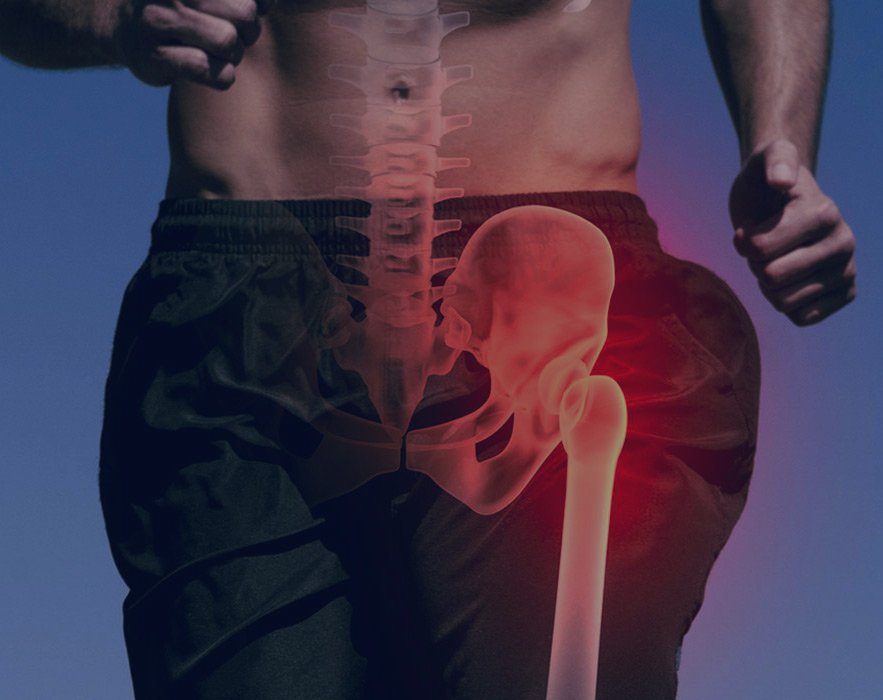
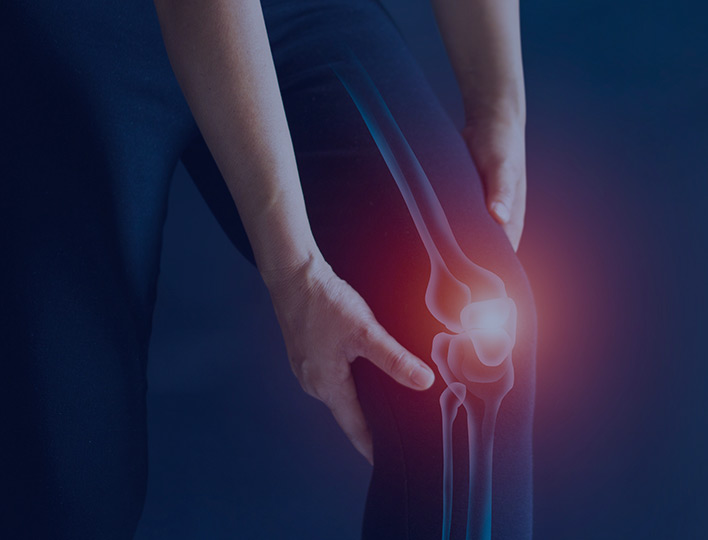


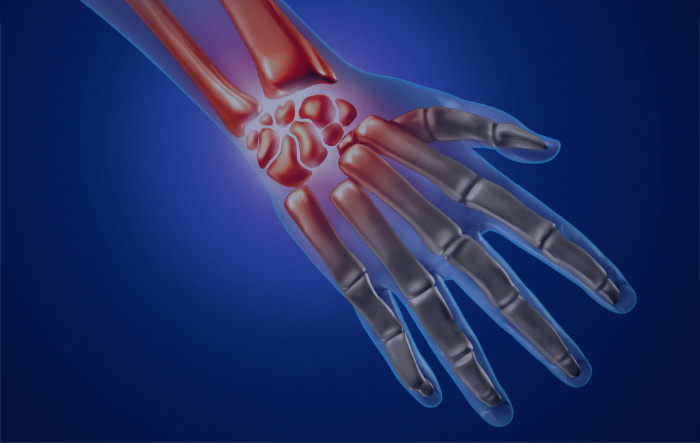
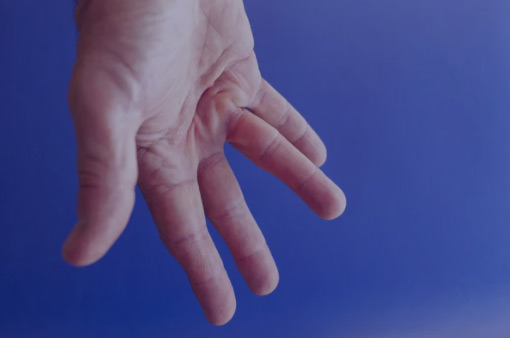
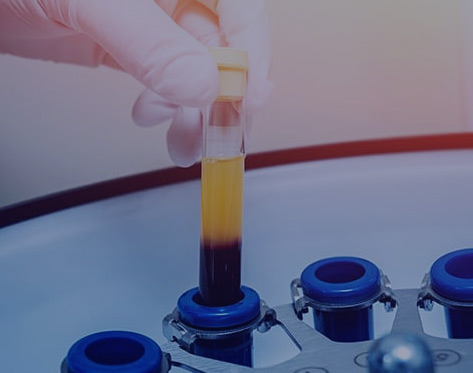
FAQ.
Do I need to be referred to see a specialist?
Yes. A letter from either your general practitioner, physiotherapist, sports doctor, specialist or other medical practitioner is required before you are consulted with.
What should I bring to my appointment?
Please advise us of where and when any X-rays were done – imaging can often be transferred to our system as long as we know where it was performed. Imaging performed at Pacific Radiology or Broadway Radiology can be viewed without transfer.
Bring any clinical notes related to your injury or condition along with information about any regular medication you take. If you have an ACC claim number or medical insurance then please bring these details with you.
I have an ACC claim, will there be any cost for the appointment?
No. As long as your claim has been approved, ACC will cover the total cost of the initial appointments. However, if surgery is required a separate application for funding is sent to ACC – these can take up to two months to be processed.
I DON’T HAVE ACC COVER OR MEDICAL INSURANCE, CAN I STILL BE SEEN?
Yes, you are welcome to self-fund, we can provide you with a quote for your approval prior to surgery so you are aware of the costs in advance.
I HAVE RECENTLY INJURED MYSELF, AM I ABLE TO BE SEEN AS SOON AS POSSIBLE?
If you think your injury needs assessing urgently, you are best to go to Whanganui Hospital. We do not offer an acute patient service.
Due to the high demand for specialist appointments it is not uncommon to have to wait for an initial appointment.
Get in touch.
For appointments, contact us on (06) 242 4000 or fill in the form below.
"*" indicates required fields
